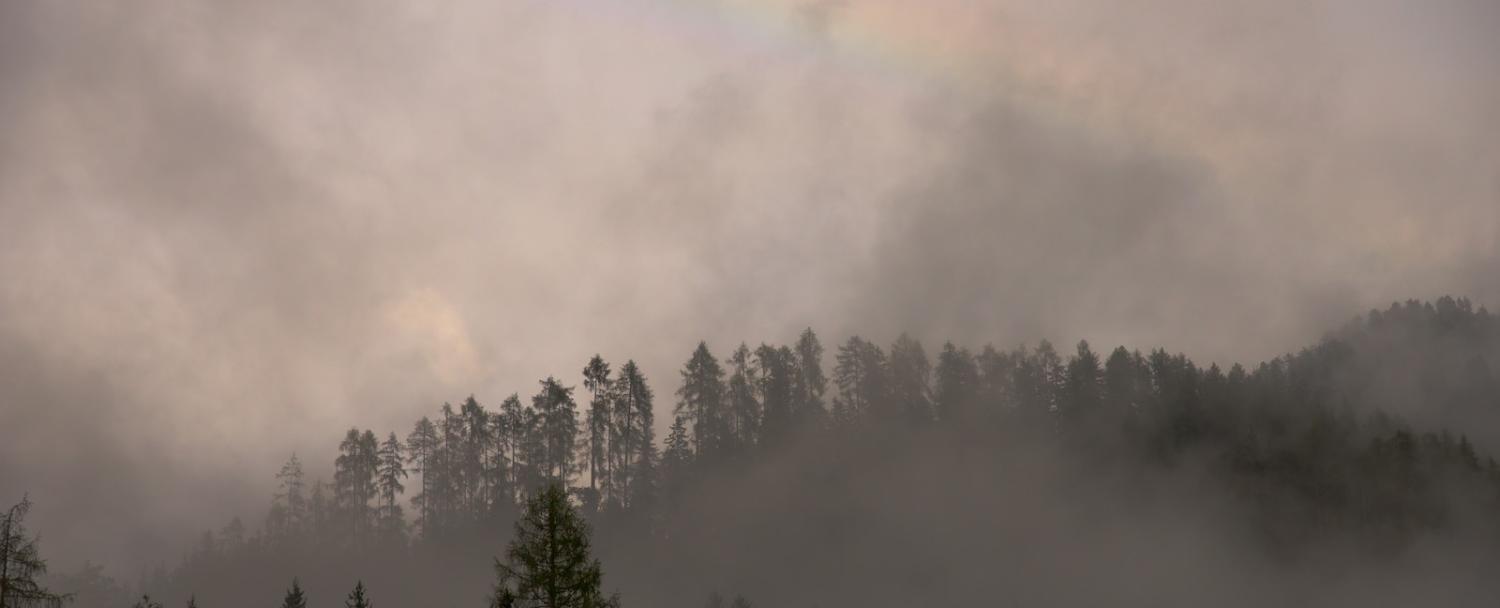“Winter is coming” warned Indonesian President Joko Widodo in his address at the October meeting of the International Monetary Fund and World Bank Group in Bali. He wasn’t talking of Game of Thrones feuds but instead was warning about the global economic outlook. Many commentators seem to share this view. Why the gloom?
There are three main concerns: tightening of United States monetary policy, Donald Trump’s trade war, and China’s slowing.
Financial markets have been volatile ever since the “normalisation” phase of US monetary policy began with the “taper tantrum” in 2013 (see: The sky is not falling on Asia’s central banks). The prospect of each well-telegraphed increase since December 2015 has caused hand-wringing among commentators. The December rate increase – again just as the Federal Reserve foretold – had the extra excitement of Trump pressure. Would the Fed defy the president’s call not to increase rates? Of course, they would, if they wanted to retain their reputation for independence. So they did.
It’s time to squeeze a few more concessions out of China, declare victory, and move on. Globalisation is robust and will quickly adapt to any residual distortions.
Untidy as it is, none of this is cause for gloom. American GDP is at full capacity, as indicated by low unemployment, rising inflation, and wage growth. The economy has been growing faster than capacity, so has to slow if it is to avoid running into capacity problems.
Can the Fed engineer a soft landing? Does an inverted yield curve (where the long-term interest rate is lower than the short-term rate) make recession inevitable? Does the length of this cyclical expansion make a downturn inevitable? Former Fed Chair Janet Yellen noted that “expansions don’t die of old age”, with her successor commenting that they are “murdered” by policy mistakes. Australia’s 27-year expansion suggests that, with competent policy, expansions can last.
There is a good chance the Fed will do whatever is needed to maintain steady growth, albeit a bit slower than in 2018.
Trump’s trade measures have been endlessly debated, but not all that much has happened so far: minor skirmishes rather than a full-out trade war. The IMF estimates that the initial announced actions might take around half a percent off growth in the US and China, but even these measures have not been fully implemented: the threatened hike in tariffs on $200 billion of imports from 10% to 25% has not yet occurred.
Trump promotes himself as the master of deals. If these measures are just part of a negotiation strategy aimed at bringing China to heel on intellectual property and the bilateral balance, the time may be coming when the tariffs have served their purpose.
Persisting is painful. Soybean farmers have lost their market as the Chinese applied a politically-targeted response. Tesla and other auto manufacturers are expanding production in China. American steel is benefiting, but each of the 8,500 steel jobs created costs $650,000. By pushing up the price of domestic steel by nearly 50%, all steel-using industries are disadvantaged. The much-vaunted renegotiation of NAFTA brought trivial advantage. America’s withdrawal from the Trans-Pacific Partnership is universally judged as self-inflicted damage. As for Trump’s muddled concern with bilateral balances, these are determined by domestic saving/investment balances, which Trump’s measures do not address.
It’s time to squeeze a few more concessions out of China, declare victory, and move on. Globalisation is robust and will quickly adapt to any residual distortions.
Lastly, there are concerns about China’s growth, which has provided one-third of global growth in recent decades. Debt is uncomfortably high. For decades, the dynamism of the private sector has offset the deadweight of inefficient state-owned enterprises, but this beneficial transition seems to be reversing under President Xi Jinping. There are other imbalances which need correction: investment is still unsustainably high.
Without a doubt, these are valid concerns. But so far the doom-merchants have been wrong, or at least premature (see: China’s economic gloom merchants and China’s looming financial crisis). China has demonstrated both resilience and capacity to correct imbalances (such as the excessive current account surplus in the mid-2000s).
There are two reasons for remaining positive. Crises are typically unforeseen – recall the unanticipated shock of the 2008 global financial crisis. In China, however, almost all these problems are not only recognised, but the solutions are underway, even if the process is slow. Here, China’s second advantage is its authoritarian capacity to implement.
The inflection point in China’s growth path was a decade ago, in 2008, when spectacular double-digit growth of the previous quarter-century became unsustainable. Expansion was temporarily sustained in 2010-2011 by massive stimulus but then settled back to the sort of pace seen in many emerging economies (including, for example, the previously chronic under-achiever India). Until China’s production techniques approach the technological frontier, the potential for catch-up growth remains. If China can manage these challenges as well as it has done in recent decades, then growth at around the current pace seems quite sustainable for a decade or more.
Economic forecasting is a mug’s game, with many opportunities to be wrong. Any of these three concerns could prove to be well-founded and unanticipated problems may arise. Gloomy stories seem to make more interesting news. The IMF’s new forecasts are universally reported as unhappy news but the Fund forecasts global growth to fall only slightly in this year and to rise a little in 2020. Reality, when it arrives, may turn out to be boringly routine – more-of-the-same, or at least a mild winter.
